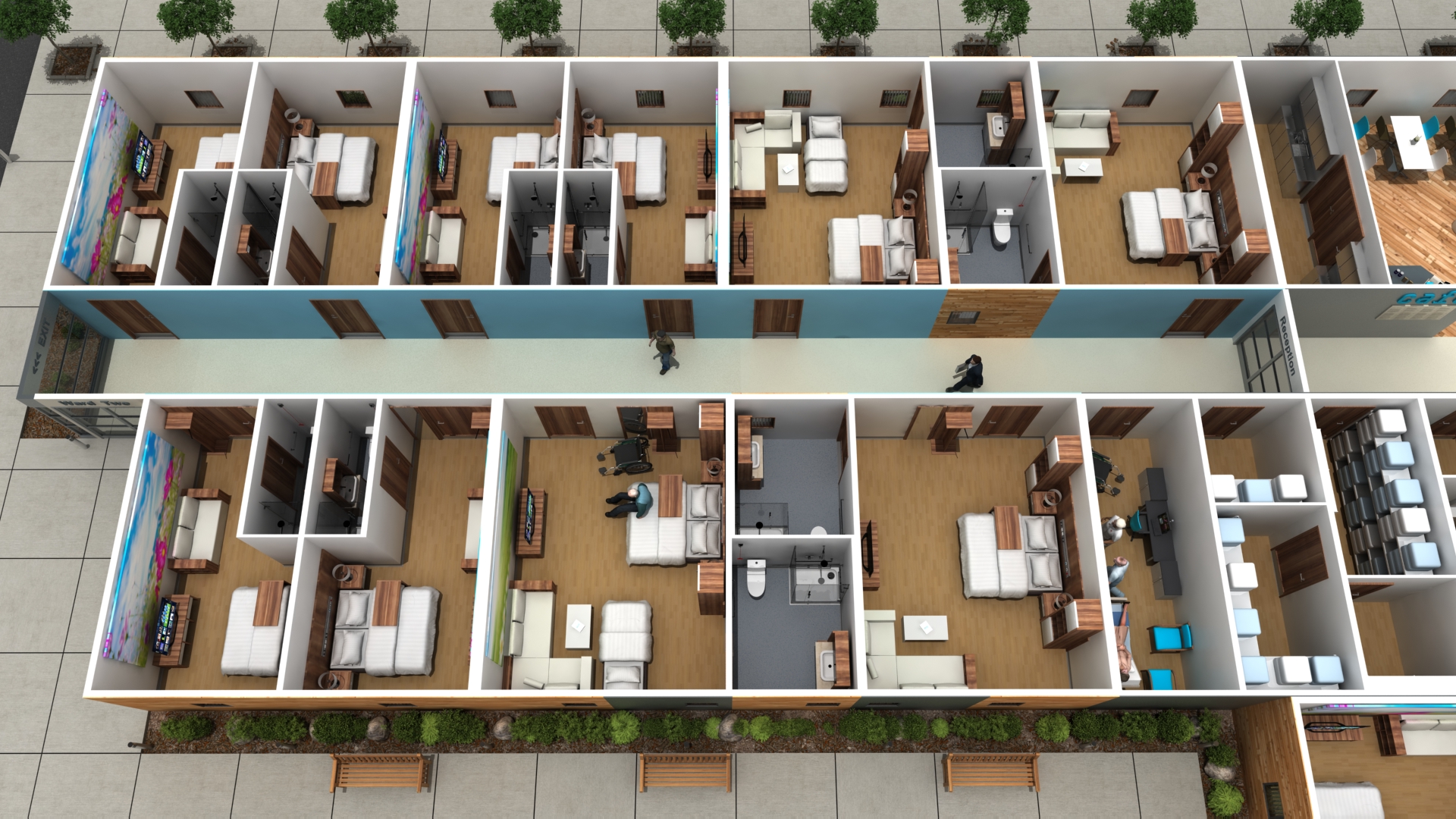There’s no doubt that 3D medical rendering is one of the most important innovations in the medical field in recent years. This technology allows doctors and surgeons to get a realistic, three-dimensional view of a patient’s anatomy, which can be vital for planning and performing complex procedures. 3D medical rendering has already had a major impact on the medical field, and its applications are only continuing to grow. In this blog post, we’ll take a look at three of the most important ways that 3D medical rendering is being used today.
What is 3D Medical Rendering?
3D medical rendering is a process of creating three-dimensional images of medical data. This data can be in the form of CT scans, MRI scans, and X-rays. 3D medical rendering allows for the visualization of complex medical data sets and can be used for both educational and surgical purposes.
3D medical rendering is a powerful tool that can be used to improve patient care. It can be used to create realistic models of patients’ anatomy which can be used for preoperative planning and simulation. 3D medical rendering can also be used to create educational materials for medical students and residents.
3D medical rendering is a rapidly growing field and there are a number of companies that offer this service.

What are the benefits of 3D Medical Rendering?
3D medical rendering is a process of creating three-dimensional images from medical data sets. This technology is used to create visualizations of anatomical structures, medical devices, and surgical procedures. 3D medical rendering can be used for educational purposes, to train surgeons and other medical professionals, or to communicate treatment options to patients.
There are many benefits of 3D medical rendering. This technology can be used to create highly realistic images that can be helpful for educational purposes. 3D medical renderings can also be used to communicate treatment options to patients in a way that is easy for them to understand. Additionally, this technology can be used to create virtual simulations of surgeries and other procedures, which can be invaluable for training surgeons and other medical professionals.
How does 3D Medical Rendering work?
3D medical rendering is the process of creating three-dimensional images from medical data sets. This data can come from computed tomography (CT), magnetic resonance imaging (MRI), and other sources. Once the data is acquired, it is processed and converted into a 3D model. This model can then be used to create realistic images of the human body for educational, research, or commercial purposes.

3D medical rendering is a powerful tool that can be used to enhance our understanding of the human body. It can be used to create realistic images of anatomy for educational purposes, or to help researchers visualize complex data sets. Commercial applications of 3D medical rendering include creating marketing materials for new medical devices and treatments.
What are some common uses for 3D Medical Rendering?
3D medical rendering is used for a variety of purposes in the medical field. It can be used to create 3D models of organs and body parts, which can be used for educational or research purposes. It can also be used to create 3D images of patients for diagnostic purposes or to plan surgical procedures. Additionally, 3D medical rendering can be used to create animations or simulations of medical procedures, which can be used to train surgeons or other medical personnel.
What are some common software programs used for 3D Medical Rendering?
Some common software programs used for 3D medical rendering include Autodesk Maya, 3ds Max, and Blender.
Conclusion
3D medical rendering is a powerful tool that can help doctors and patients alike visualize complex medical procedures and conditions. 3D medical rendering can provide an accurate representation of what a procedure will look like, allowing doctors to plan surgeries with greater precision. It can also be used to create educational materials for patients, helping them to understand their condition and the potential treatment options. 3D medical rendering is changing the way medicine is practiced, and we are only just beginning to scratch the surface of its potential uses.






